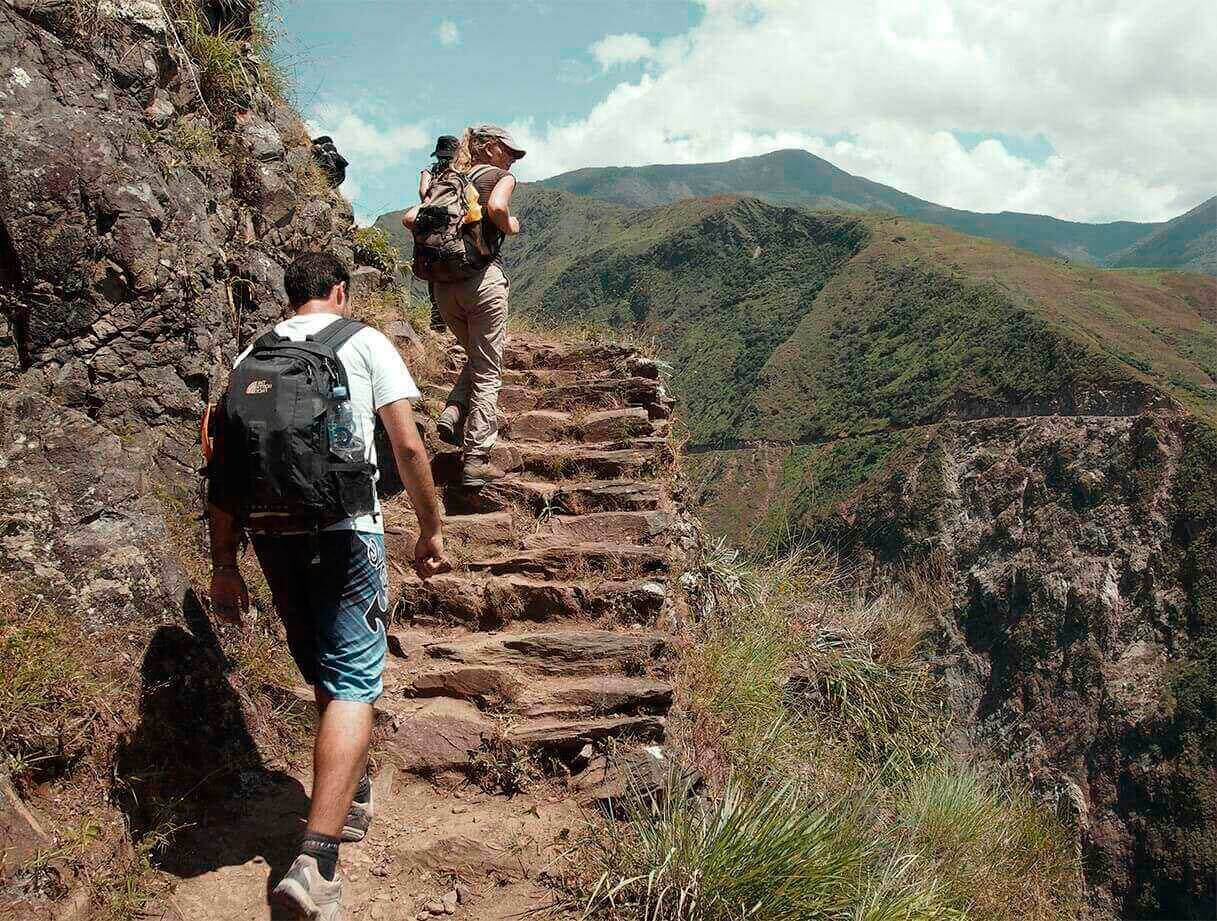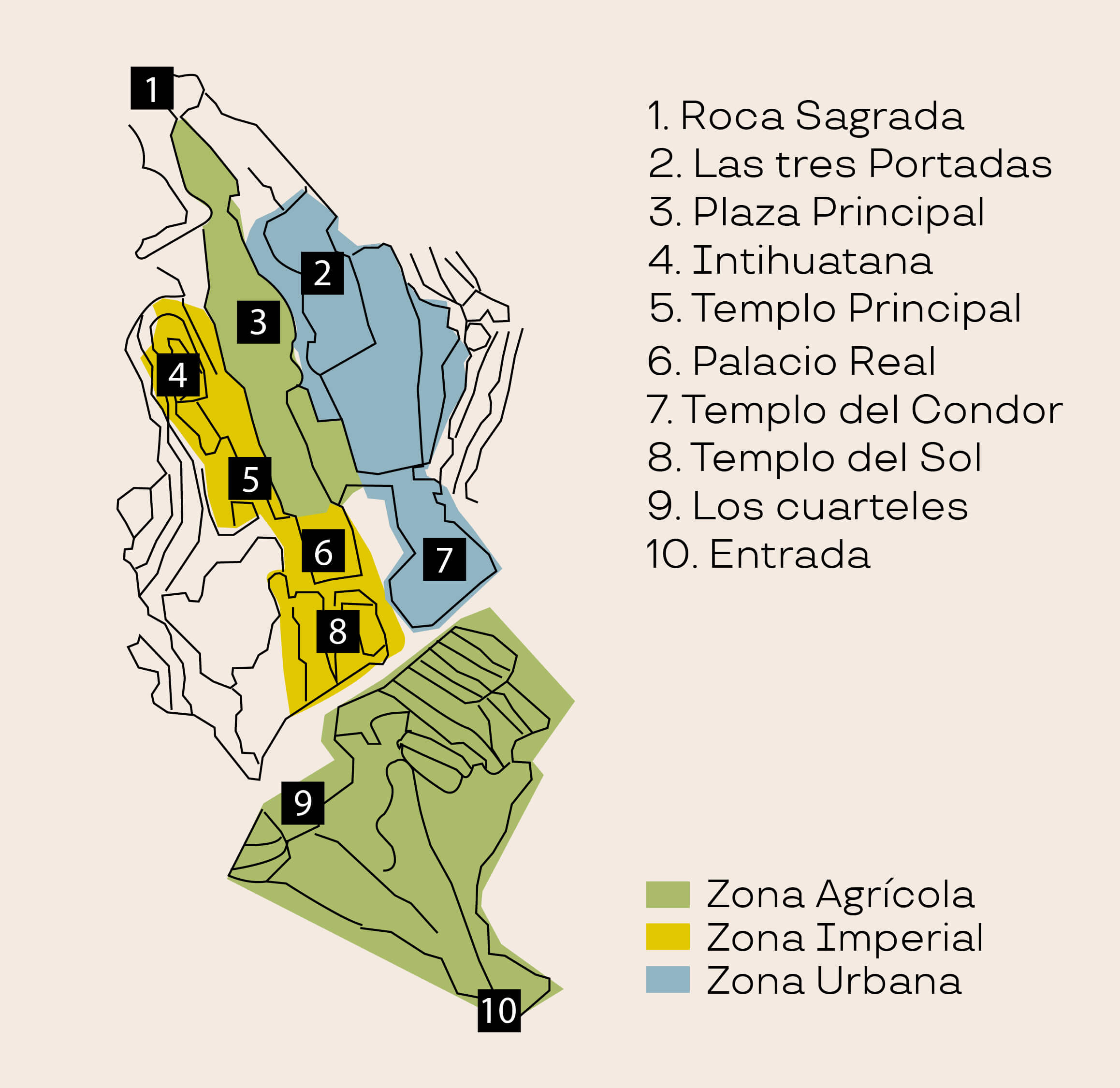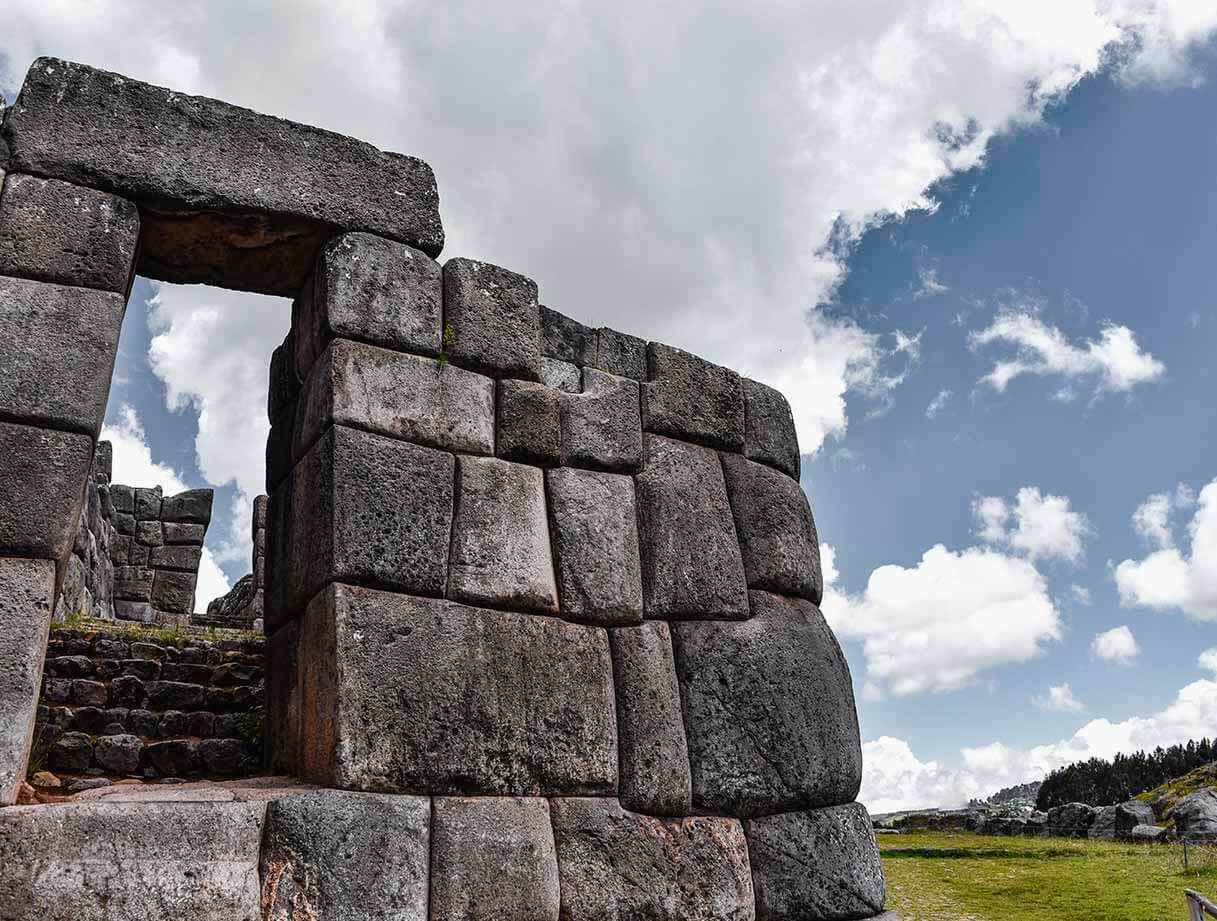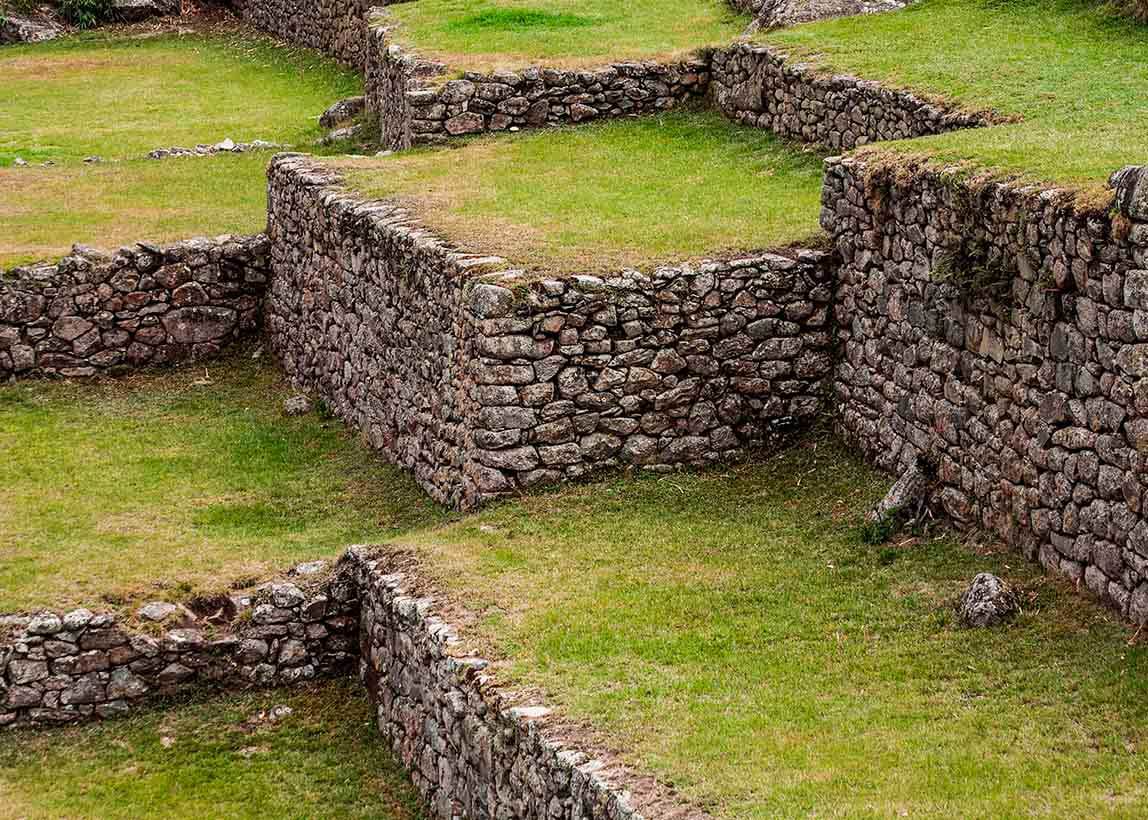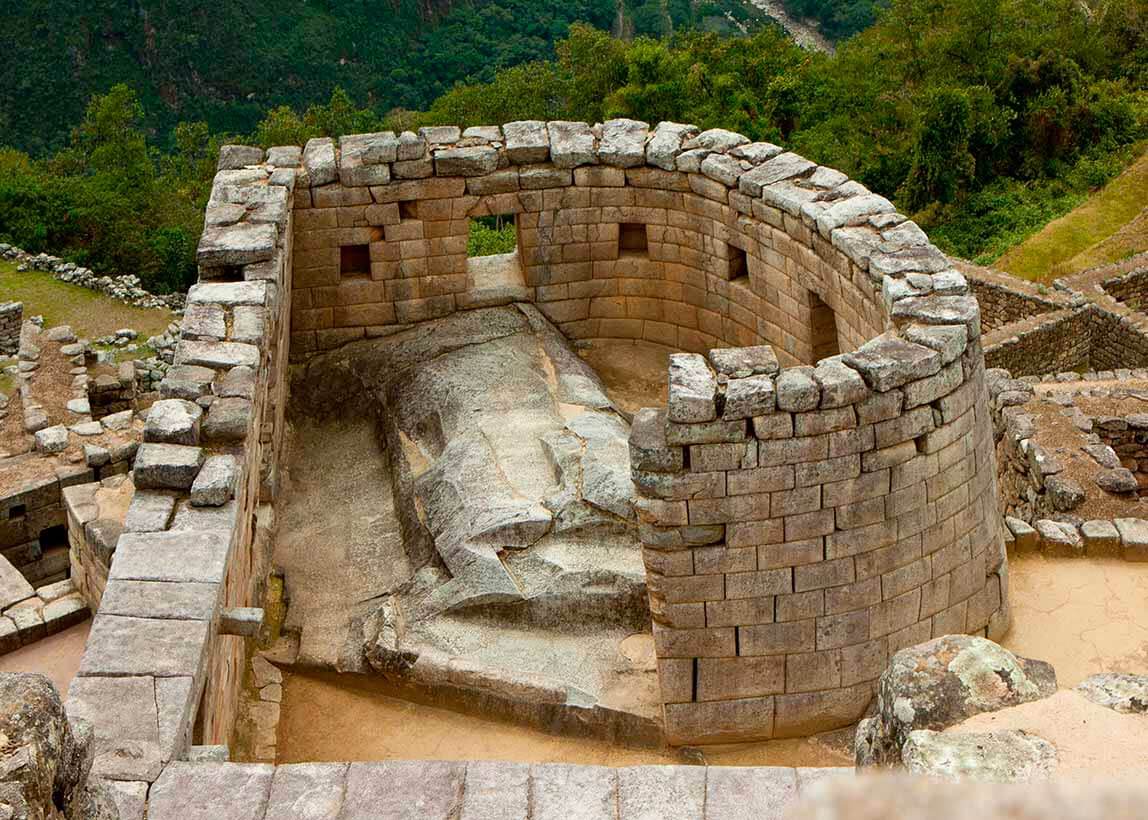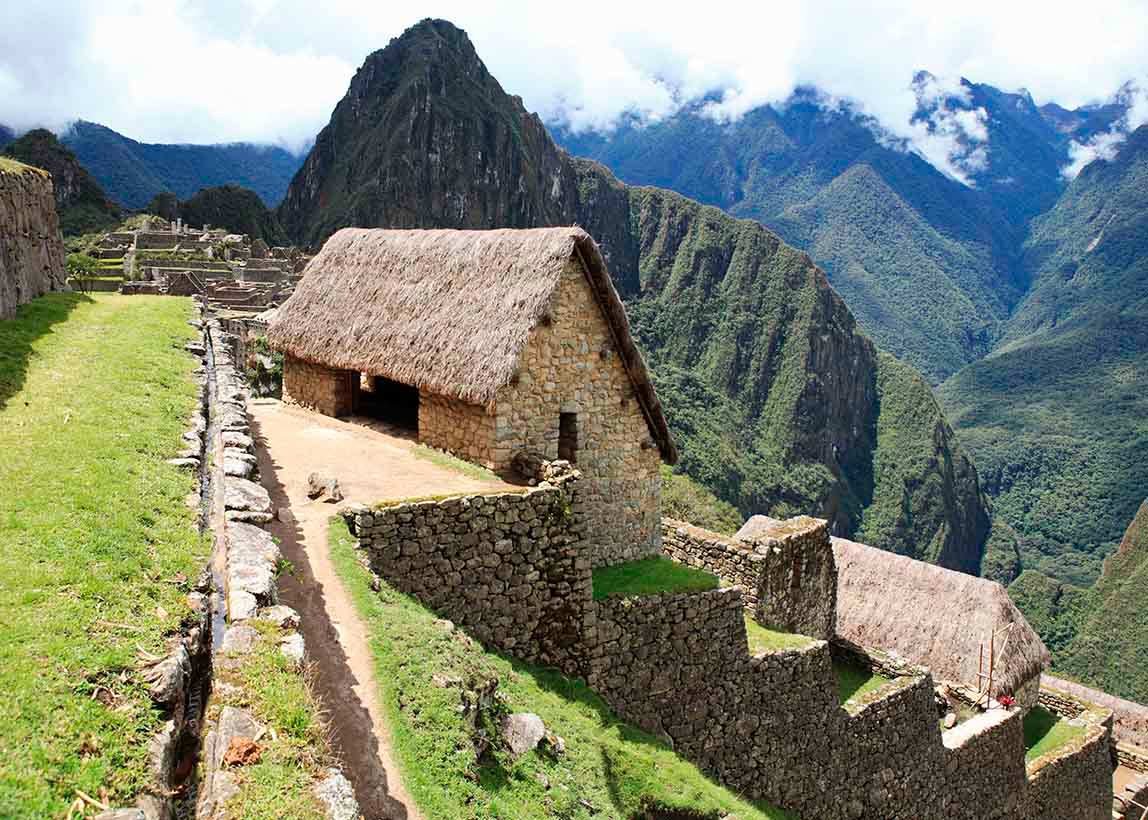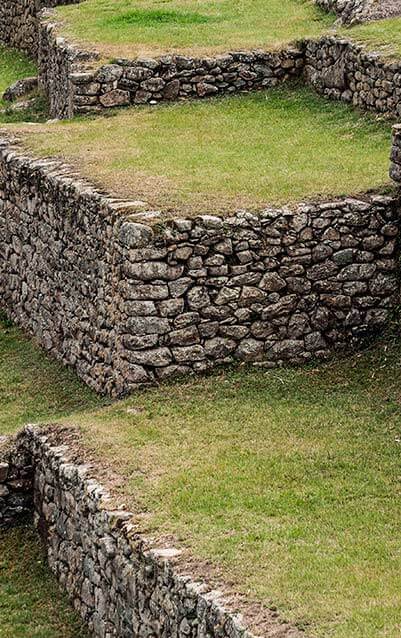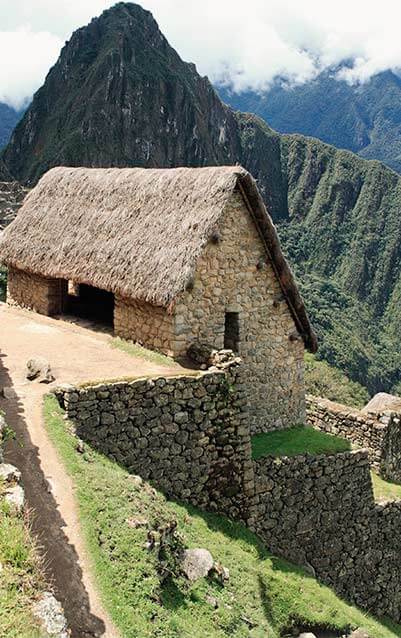It was a sacred place where the gods were worshiped, among them the most important was the sun god.
A place for cultivation. Having a pleasant climate, it was ideal for the cultivation of coca leaves, fruits and vegetables, among other plants.
A perfect place for Stargaze. Its location allowed local people to witness a lot of astronomical events.
